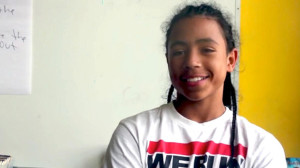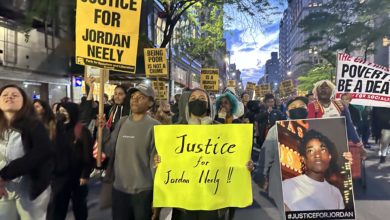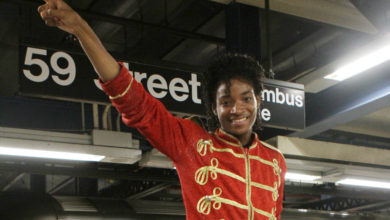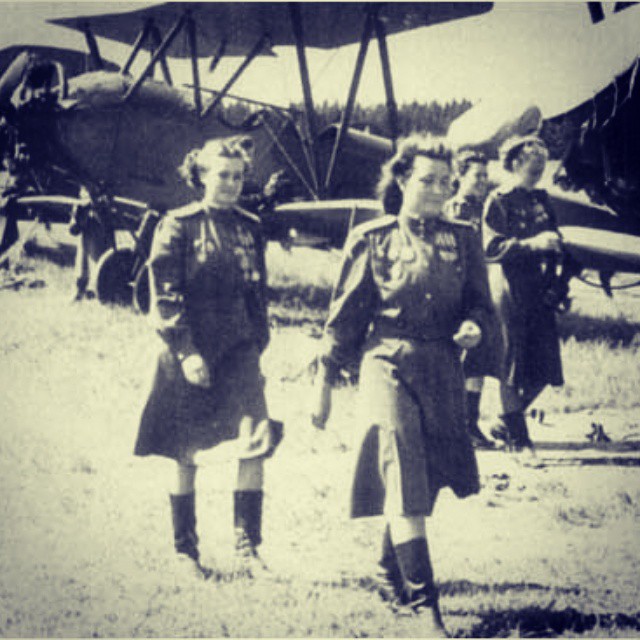
On late Tuesday night, Sept. 2, the Mission District community in San Francisco began to disseminate the unthinkable news that a teen had been stabbed to death on 26th and Folsom St. Since then, investigations have identified the alleged assailant to be another teen from the neighborhood. Both Rashawn and the teen who is accused in his murder attended Buena Vista Horace Mann, a prominent K-8 bilingual public school in the heart of the Mission. Much has been written about the beautiful boy that was Rashawn Williams and any attempts to add more to what he must have meant to everyone who knew him falls short.
The indescribable tragedy has hit our community hard. As a teacher at BVHM, a community activist in the Mission and as a person who tries to struggle for a better world, the news has disturbed me deeply. The following are simply thoughts offered as a way of coping and attempting to rationalize the irrational, so that the work for a socially just world can continue. To my co-workers who taught Rashawn, the staff who related to both teens in ways much more profound than I, and especially to the family, these words are in no way able or meant to justify this act.
Like many others, the news conjured up a never-ending list of questions. “What could we have done better to prevent this? Did we offer enough services to support these youth and their families? What was going through this child’s head? Why did it have to be two young people of color? What will happen to the other child who committed such an atrocious act? How does the family survive?” And the list has continued to spiral into the deep immensity of confusion always concluding with the fact that I and the institutions and groupings I influence failed this boy, his family and the broader community.
Such feeling of failure can lead to all the negative, conditioned responses under this society. Confusion, fear, anger, hate, frustration, and retribution are all reactionary sentiments, which ultimately afflict the self. Unlike the violence perpetuated by the State, its courts, police or its military, where the militant cry for “justice” righteously targets the oppressor, violence amongst all shades of the oppressed is a tragedy whereby the target ultimately is ourselves.
The crisis of violence and killings among youth in our communities cannot be ignored. That would be failing our children. Struggling for a better world means it is necessary to also have the answers as to how we would solve the crises today, and in the long term. Each child lost to violence is a wound the family will bear forever, a blow to schoolmates and a whole community.
When I or another teacher — in the Mission or Oakland or New York or Los Angeles, or a small town anywhere in the U.S. — sees a crisis unfolding with a youth crying out for help, or even one who may be a danger to others by a pattern of violence or dangerous behavior, what do you do? Who do you call? The police? They are as likely to abuse or even shoot. How many times have families called for help if a loved one becomes violent or has a mental breakdown? Today, people in oppressed communities have learned a lesson: Don’t call the police, they’ll make it worse. They only know how to arrest someone for a crime, not work to solve problems.
Blame the family? Make change there? But grinding poverty, growing alienation and isolation in this society means that many families don’t have the tools or available social services — or even the time with extra jobs — to get help. There are almost no after-school programs, no universal community centers with structured programs, only a tiny amount of subsidized childcare, no substance-abuse programs. Mental healthcare is treated as a luxury and not offered as preventive or primary care. Real and effective anti-violence prevention is non-existent.
Television, video games, movies, U.S. “culture,” mirror the violence that America is perpetrating on the world, from Central America to the Middle East to our own neighborhoods. Guns and high-powered weapons are glorified so the arms manufacturers can keep making billions in profit. How many of our kids have been killed by stray and not-so-stray bullets in the oppressed neighborhoods from those military-grade arms?
How many young violent perpetrators will get locked up for life, literally — teenagers or twenty-somethings who will never see the outside of a prison again, because of a reckless act, because they knew no other options in life.
In San Francisco, the pronounced class war is constantly making national headlines. From the protest around the “Google buses,” to the evictions of 90-year-old tenants, to the skyrocketing cost of housing, to the inexcusable wages paid to teachers, working families and people of color who are being marginalized with no end in sight. Yet, the waning state of adults is only trumped by the state of young people in the City. The youth, specifically the youth of color, are not welcomed in this supposedly liberal bastion. They cannot participate in the expensive and resource-dependent activities the City offers its tourist, techies, hipsters, gentrifiers, etc. and they are monitored by the racist police who know well the antagonism behind their needs and wants. And yet, they flourish. From letting their presence be known at the malls, bringing life to the plazas and parks as they grind their skate boards and piss off the “welcomed” folk, hanging out in front of their friend’s stoops, to having joyful dinners at the local McDonalds’, their ability to smile and laugh under capitalism is a big “FU” to the system.
Unfortunately, there is only so much a whole community can withstand before the constant self-centeredness and greed promoted by capitalism brews division. From the killing of Alex Nieto, a SF native whose Latino identity was no longer welcomed by the gentrifiers on Bernal Hill, to the tidal wave of displacement of working class families and people of color by white higher paid occupiers the boundaries where our future is allowed to grow up are shrinking. This diminishing space is causing tensions among various groupings of youth and communities of color. This antagonism is first and foremost a condemnation of the social/economic conditions that the city officials have forced upon the population. And it’s these conditions that we must focus our anger and frustrations on in order to resist, not on our sisters and brothers.
The killing of young, bright and beautiful Rashawn Williams was truly senseless and tragic. Locking up one more youth is another great tragedy. We must get to the root of this crisis if we really want to save our youth. This system is steadily driving the masses downward to more poverty, more hunger, racism, more prisons, more war, more despair.
We teachers dedicate our lives to teach our young children and help them in life. But for me, that is only part of the answer. I know it takes a wholesale change of the system to really affect societal change. To that I also dedicate my life.






